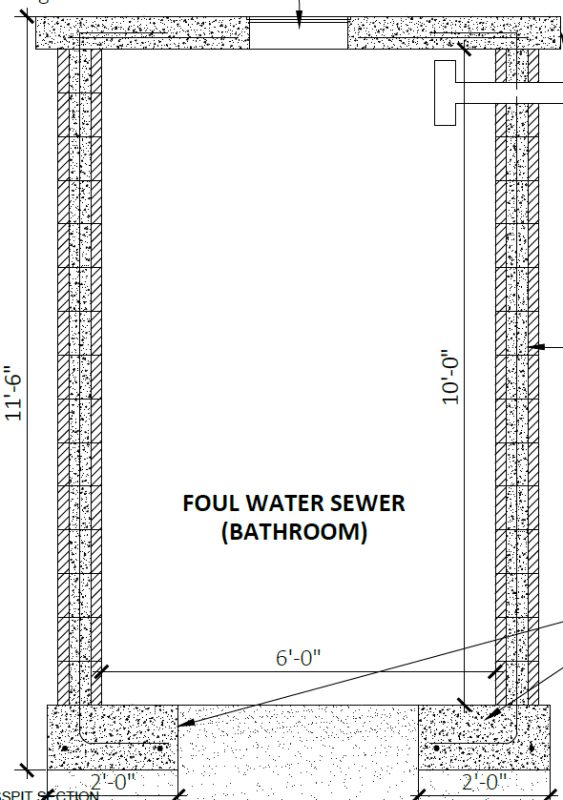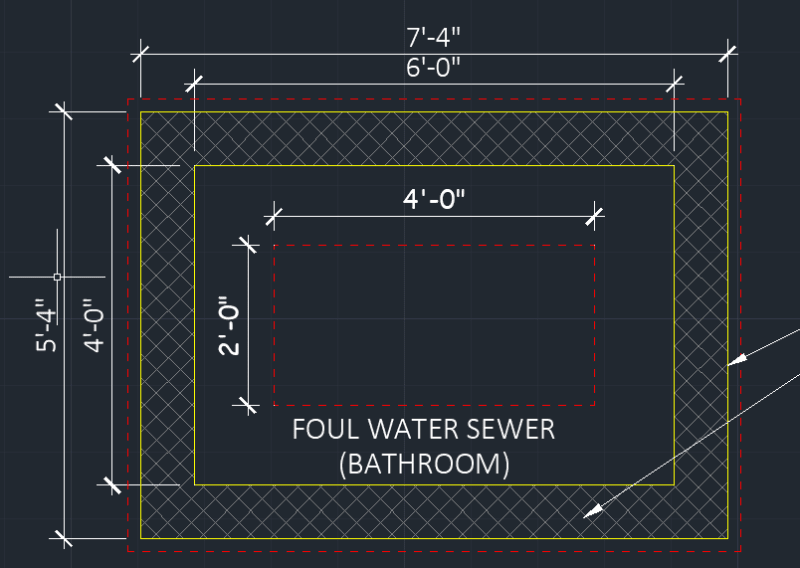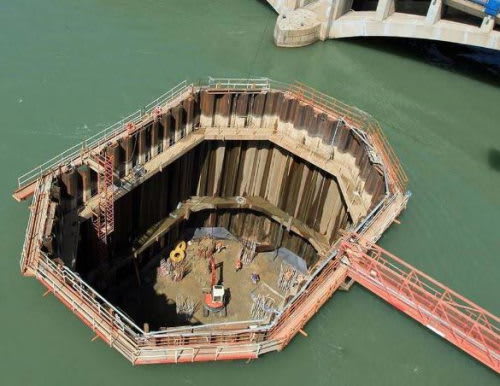psychedomination
Structural
Hi there,
I’m working on a cesspit project. The cesspit will have an open bottom to allow for natural seepage.
My question is how sliding will work for a structure like this?
It is essentially a retaining wall propped at the top and bottom. But due to the bottom being open, would this structure be susceptible to sliding? Or would the opposite forces balance the sliding (even though it has an open bottom)?

I’m working on a cesspit project. The cesspit will have an open bottom to allow for natural seepage.
My question is how sliding will work for a structure like this?
It is essentially a retaining wall propped at the top and bottom. But due to the bottom being open, would this structure be susceptible to sliding? Or would the opposite forces balance the sliding (even though it has an open bottom)?



